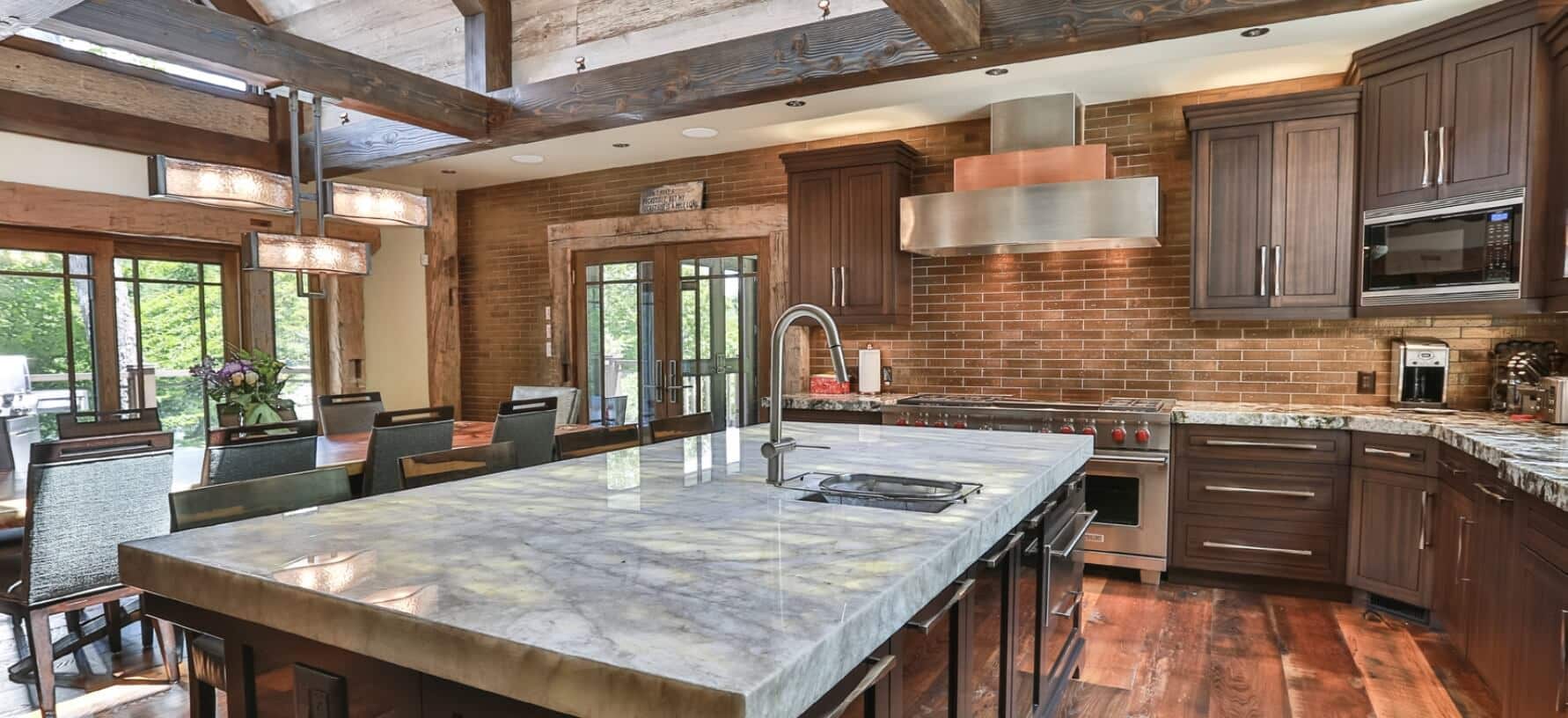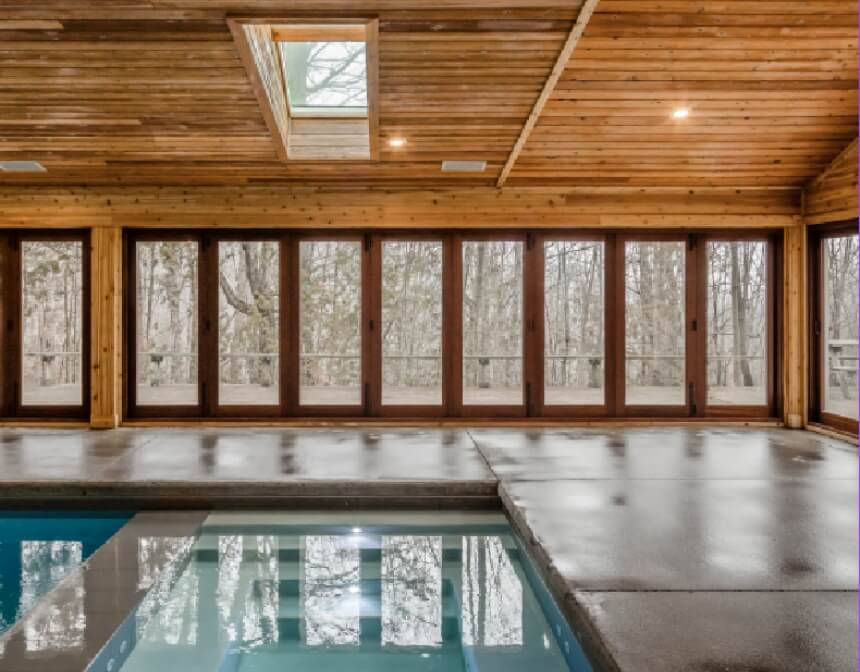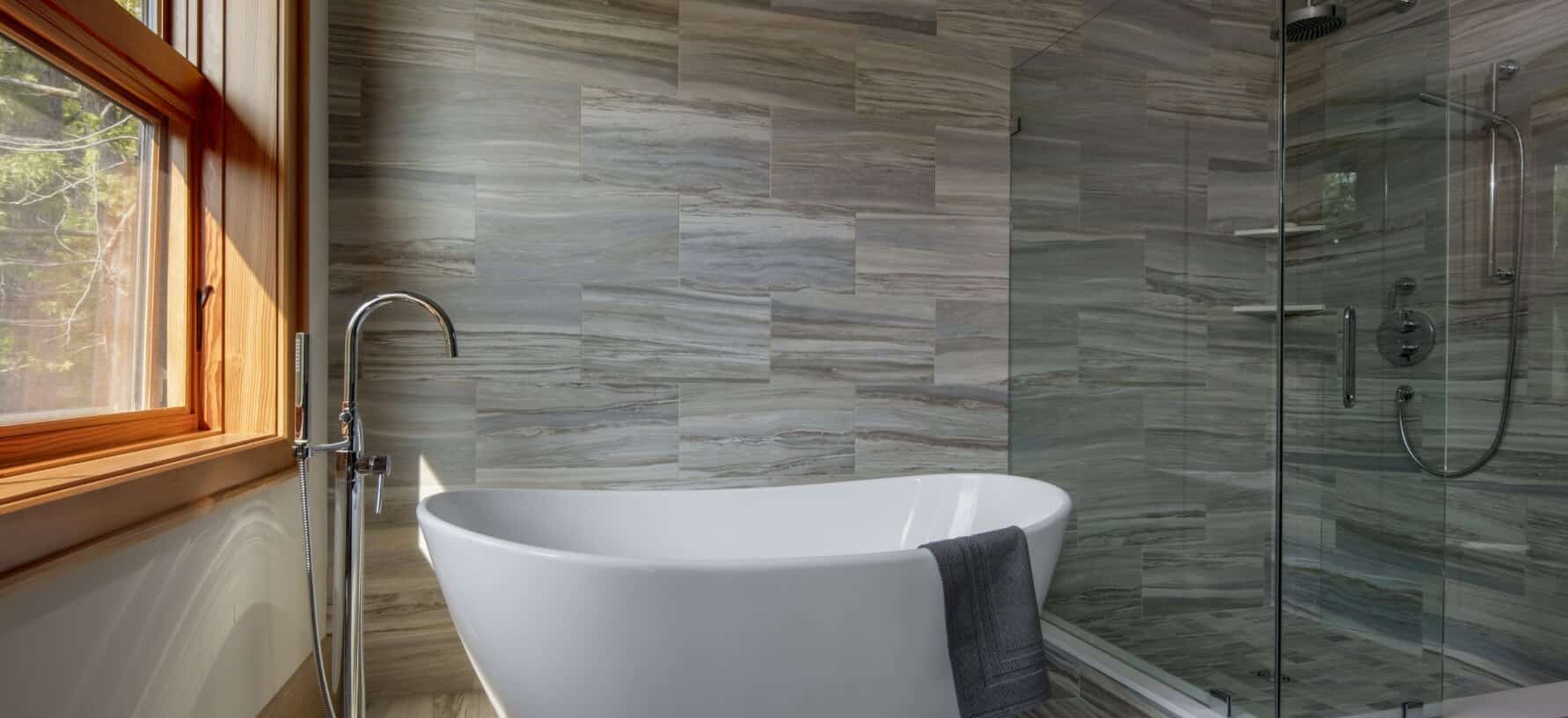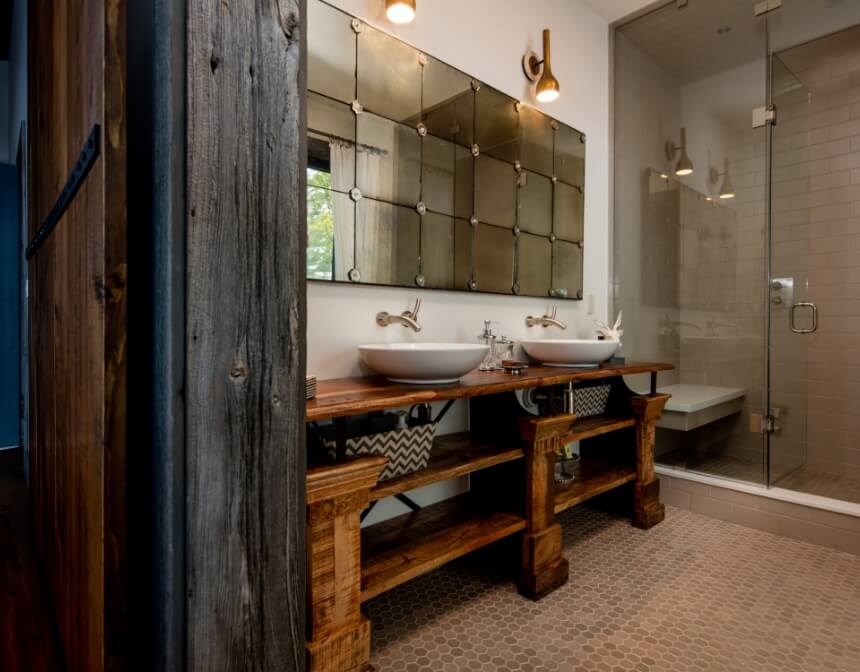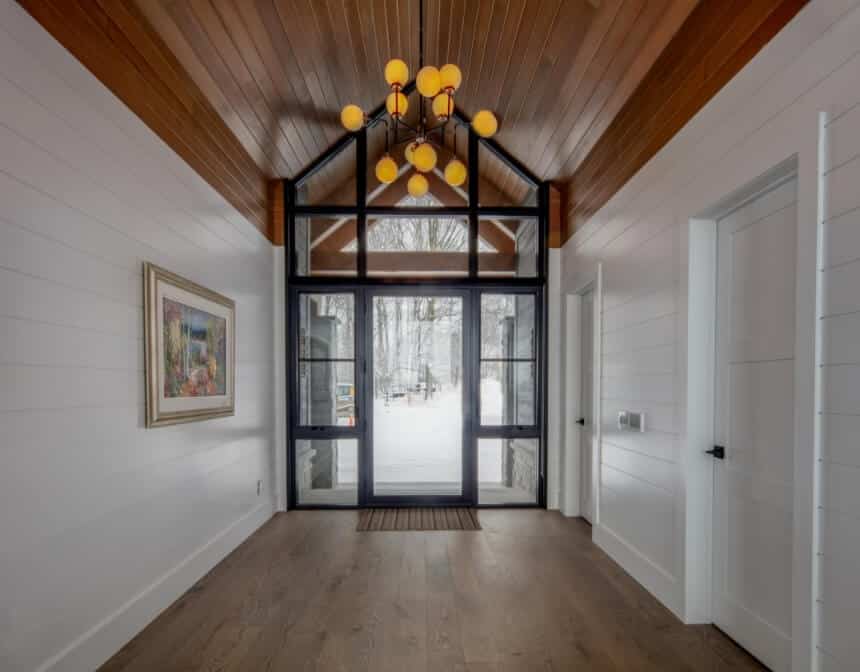The complete guide to planning, designing and building a dream custom home.
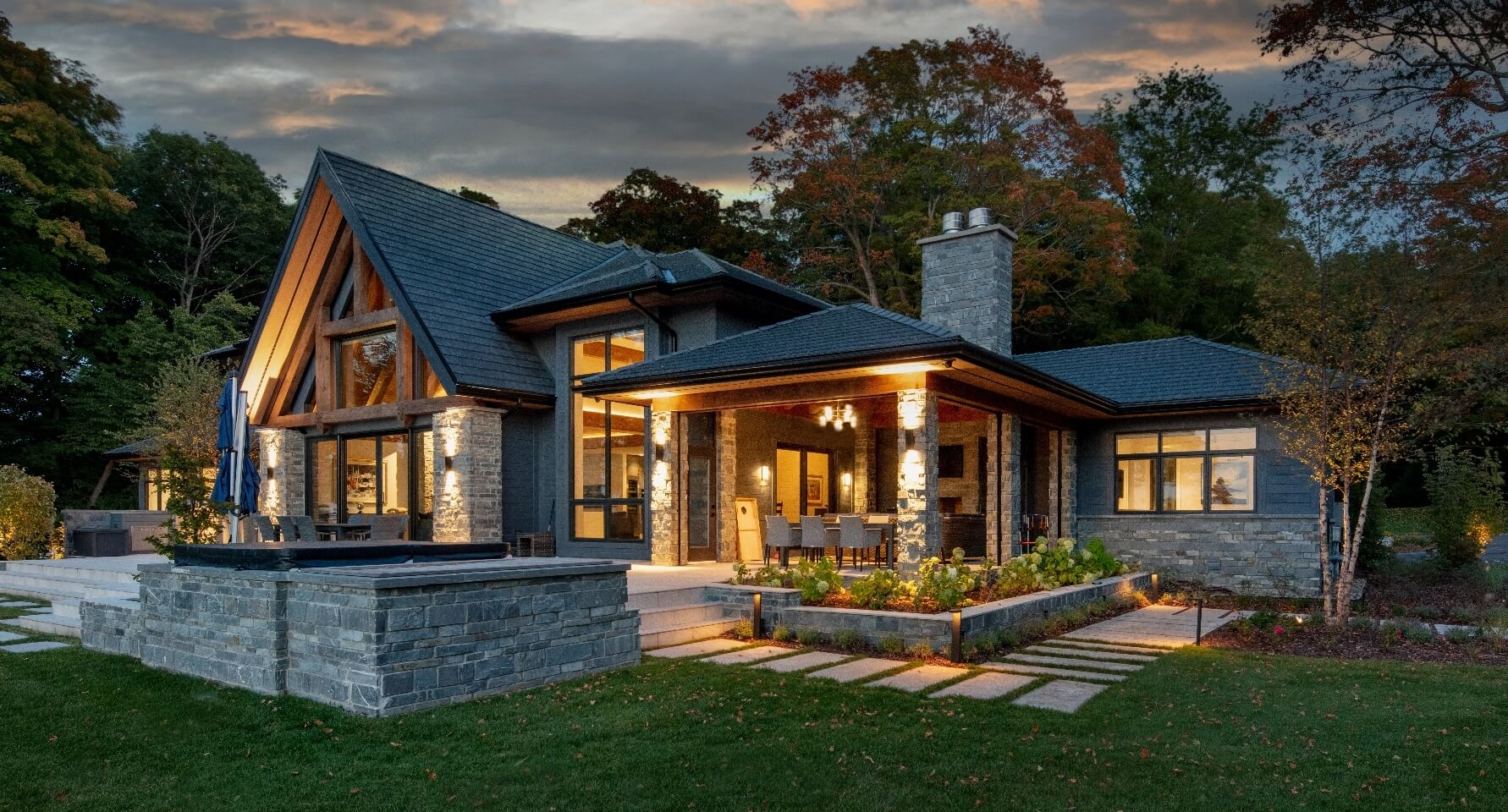
Chapter 1: Goals + vision setting
Like any great endeavour, the journey to the home you’ve always dreamed of starts with a single step. That step, is defining your goals.
Goal Setting
It’s the first, and one of the most critical steps. You need to establish the purpose and intention of the dream home you’re building. Whether it’s a place for you to retire, a family home, a vacation destination, or otherwise, will all play into the design and build of the space. For example, a young family home is often designed to be open concept with communal space for play and rest, a large kitchen for family gatherings, and many bedrooms to accommodate guests and a number of children. However, if the home’s purpose is to be a retirement destination, a large amount of space or bedrooms are not often required or preferred.
Goal Fusing
The home design and build process has emotional bearing for all parties involved. That’s why, we suggest that spouses, relatives, or those who will be participating (whether financially, or subjectively) in the design-build of a dream home, be on the same page from the very start. It’s important to spend time together discussing what it is you truly want to accomplish. Be honest and completely open about your vision. What are your must haves? What are the dream elements? What are the key things you both know you want out of this project in the end? There may be some give-and take, but at least there won’t be as many surprises (or potential for conflict) partway through the project.
Goal Realizing
Now you need to find a partner—professionals who share your vision and will turn it into a reality from the ground up. Traditionally, construction projects follow a method where the client appoints a builder on one side and designer on the other. A design-builder is a single entity that takes care of the entire project from concepts and blueprints to construction down to the final paint touch-ups. This approach is becoming more and more common worldwide because it changes the traditional sequence of work, which in turn, provides many benefits to you, the client. The project success is anchored by one goal, one accountability, one delivery.
We’ll talk more about this relationship in our next chapter.

Chapter 2: Choosing your professional partner
Once you’ve made the decision to move forward on a new build home or cottage, the next step is choosing a partner to execute your vision. This is where most people ask for referrals, search through reputable local associations, and/or use an online portfolio to narrow down their short list. The choice is both personal and professional.
In your search, you’ll come across the term “design-build”—it’s an industry term to describe a method of delivering a project. When you’re deciding how, or who to partner with for your new home build, it’s important to know your options, the differences in the approach and how to get the best results.

The Traditional Approach: Picking
Your Teams
Traditionally, construction projects follow a method where the client appoints a builder on one side and designer (or architect) on the other. You’ll have a blueprint–or design–provided by a professional on the design side, then that vision is handed over to a construction or build company to turn it into reality.
Sometimes, the designer will have a handful of preferred contractors for their clients to choose from—people they feel comfortable with. But, more often the case, the designer and contractor eventually are at odds about budget, design vision, materials, timelines, resources etc. That’s because, the designer’s job is to create (on paper) a masterpiece blueprint for your dream home, without regard for budget and the reality of the project scope.
It’s important when choosing teams, to get more than one quote for the work (if the traditional approach is chosen) before selecting the builder. However, work this step into your timeline because you may find that the project has been “overdesigned” (not at all within a realistic budget) and that time will have been lost if you require a re-start/design.

Design-Build: One Team, One Goal
In a design-build approach, the design and builder teams work together to achieve the same goals.
Communication between designer and builder is critical, yet often times these professionals are hired to do their job solely and are not involved in decisions that lie outside their responsibility. A design-build company allows for the two teams to come together and make decisions based on sound two-way communication, with expertise from both sides.
When the same company that designs the project is also responsible for the construction, there tends to be a lot more attention given to pricing and scheduling upfront in the design phase. This helps to eliminate “going back to the drawing board” once clients see the price tag on various construction aspects or design features of the project.
If you choose the right design-build partner, your project will get the attention of incredible design and builder talent, all in one place. Your proposal will come from one company and include insights and plans for the design and the execution in all phases. A one-stop-shop design-build approach cuts out a lot of the risks associated with miscommunication, transparency, and task and budget management—simplifying the entire project workflow.
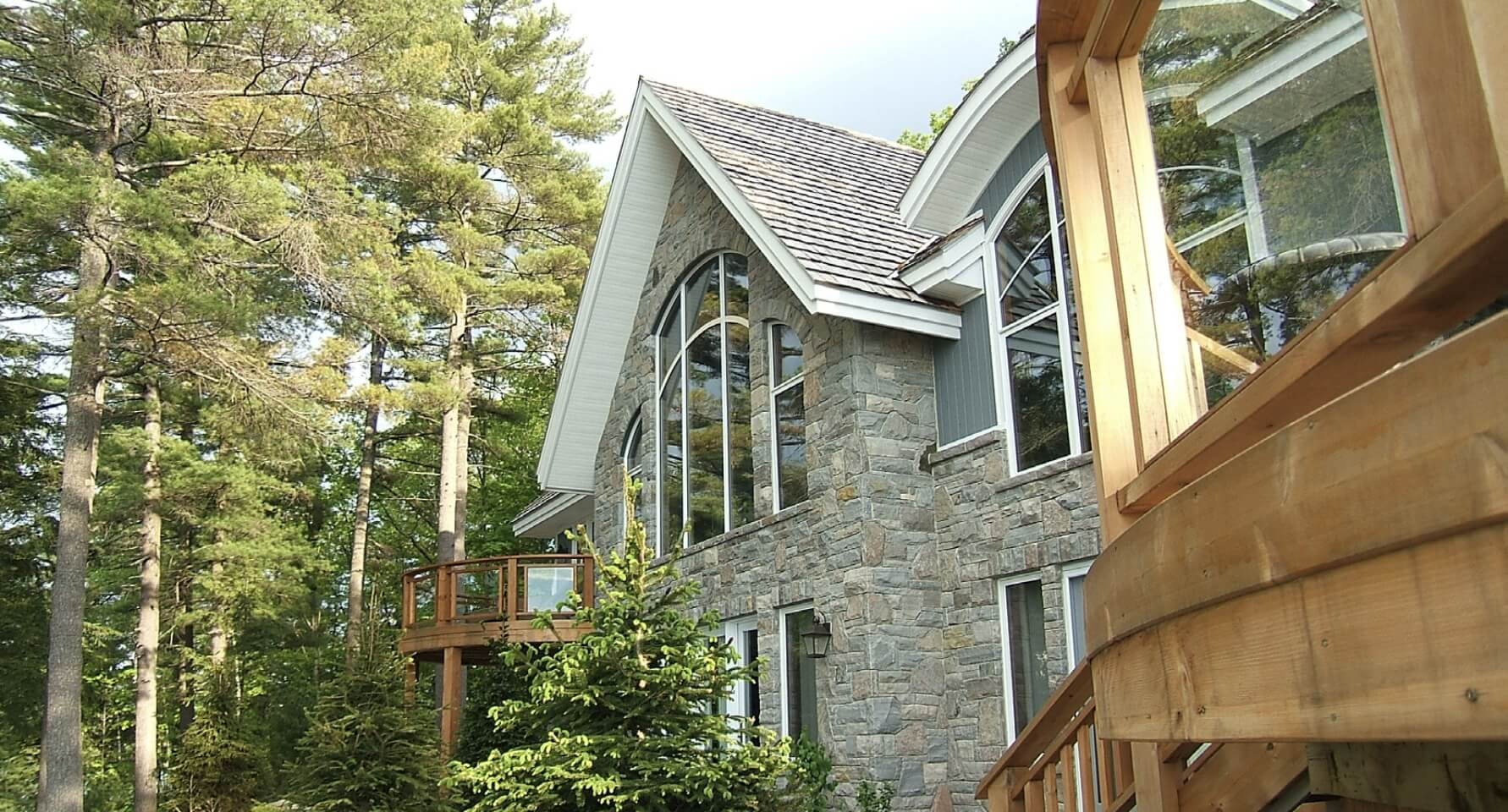
Chapter 3: Building codes + permits
Building Codes
Whether you’re building a new home in a rural, suburban or urban area, you will need to abide by building codes and acquire a permit as soon as possible— certainly before any ground is broken.
Here are just a few things you should know about building codes:
- They are imposed (with variances) provincially and federally.
- The building code concerns all major construction, renovation anddemolition
- The code doesn’t pertain to the status quo of existing buildings, however if you are adding an addition or removing part of the building the work will need to be “to code” – and most certainly when you are constructing a new building.
- The National Building Code is updated every five years, the most recent was in 2015.
The national and provincial building codes are not to be seen as a textbook for building design. Rather, it provides the minimum standards and guidelines acceptable to maintain the safety of buildings, and the people in them. For example, the code outlines requirements for plumbing, electrical standards (enforced by the ESA), fire protection, accessibility, structural sufficiency, and environmental concerns. However, the building code and/or municipality will legislate the limits of the building size and its location in regards to the adjacent properties and/or waterfront.
Building Permits
Building permits are assessed against the building code of the province, as well as any local bylaws or restrictions.
For example, commercial vs residential zoning, community environmental laws, etc. A building permit gives formal
permission to begin the construction, demolition, addition or renovation on your property.
It’s a wise decision to work with a design and build partner that knows the building code like the back of their hand. They can also obtain the permit on your behalf and deal with any regional bylaws or issues with the permit officers.
Building codes and permit legalities are often tricky to navigate. But they are in place to protect the interest of the homeowner and community at large. You don’t need to let it hinder building design, but you will need to be aware that some concessions may have to be made to ensure your new build is completely “to code”.
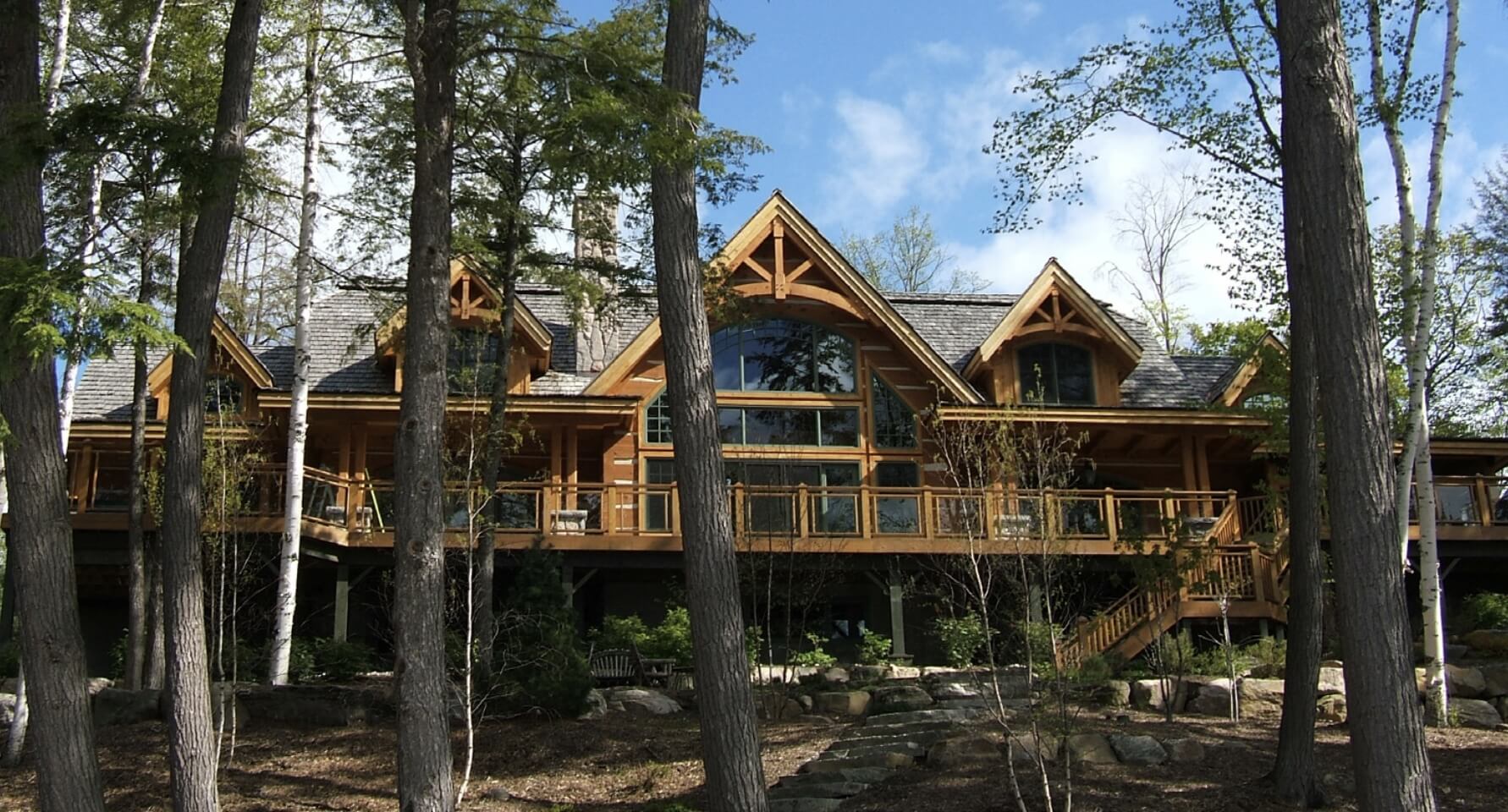
Chapter 4: Location, Location, Location
For your home to be the best fit for you and your family, it needs to be built in your dream location.
For some, that’s in a remote area—a luxury cottage destination up north perhaps. For others, it’s a family home in a suburban area, or a downtown home in the heart of an urban jungle. Before you get started on designing and building in your chosen location, there are a few considerations to take into account in the planning stage.
Location 1: A remote, natural paradise
In a more remote location, often construction is affected by the environmental and access complexities.
The crew may need to source highly specialized equipment (such as cranes, or heavy-duty machinery) to mitigate challenging terrain or access points. For example, if the home/cottage is designed to sit on an island, barging and water transportation solutions will need to be considered.
You and your design-build partner should do some research into the natural and government imposed restrictions before the build. You may not be able to build if the setback from the water won’t accommodate it. The local building codes, or zoning laws will enforce strict guidelines on whether you can build vertically, use particular construction methods or materials, or exceed a certain amount of square footage. Particularly for cottage builds, it’s incredibly worthwhile to hire a design-builder that specializes in this type of home. As you can see, there are ins-and-outs that can add time, budget and complexity to a cottage build. A professional will know what to look for, and be able to mitigate the issues if they arise.
Location 2: A family-friendly suburb
If you’re building a custom home in a suburban neighbourhood, it’s important to note that your home will cost more than buying from a subdivision builder. There are savings to be had when building multiple homes at the same time.
However, you’ll choose floorplans, features and materials from whatever the subdivision’s builder is offering you. Your home will only ever be “semi-custom”, restricted to what’s available, and the builder’s style.
It’s important to budget for the cost to develop on an empty lot and access to the lot and materials. Also, in a suburban zone, you’ll have to adhere to municipal regulations that could affect your design—talk to a design-builder that has
experience in that area and knows the issues and how to mitigate them to save you time and money.
Location 3: A vibrant urban jungle
In a populous urban area, the most complex issue to navigate and plan for is the density factor.
It’s difficult to access the property and excavate while keeping it secure and undamaged (or looted). Design-builders will often budget extra time and money in this case. However, trade contractor rates are far more competitive in cities, so you may end up saving money over a cottage country build.
Similar to suburban zones, you’ll also need to carefully research and consider building codes and regulations set by the municipality. There will be legalities that restrict how high you can build, how big the structure is, and how far you need to be setback from the street and/or your neighbour’s property, etc.
Whatever your dream location is, you can design a home that fits. Just make sure to plan properly for the variances that come with your chosen location.
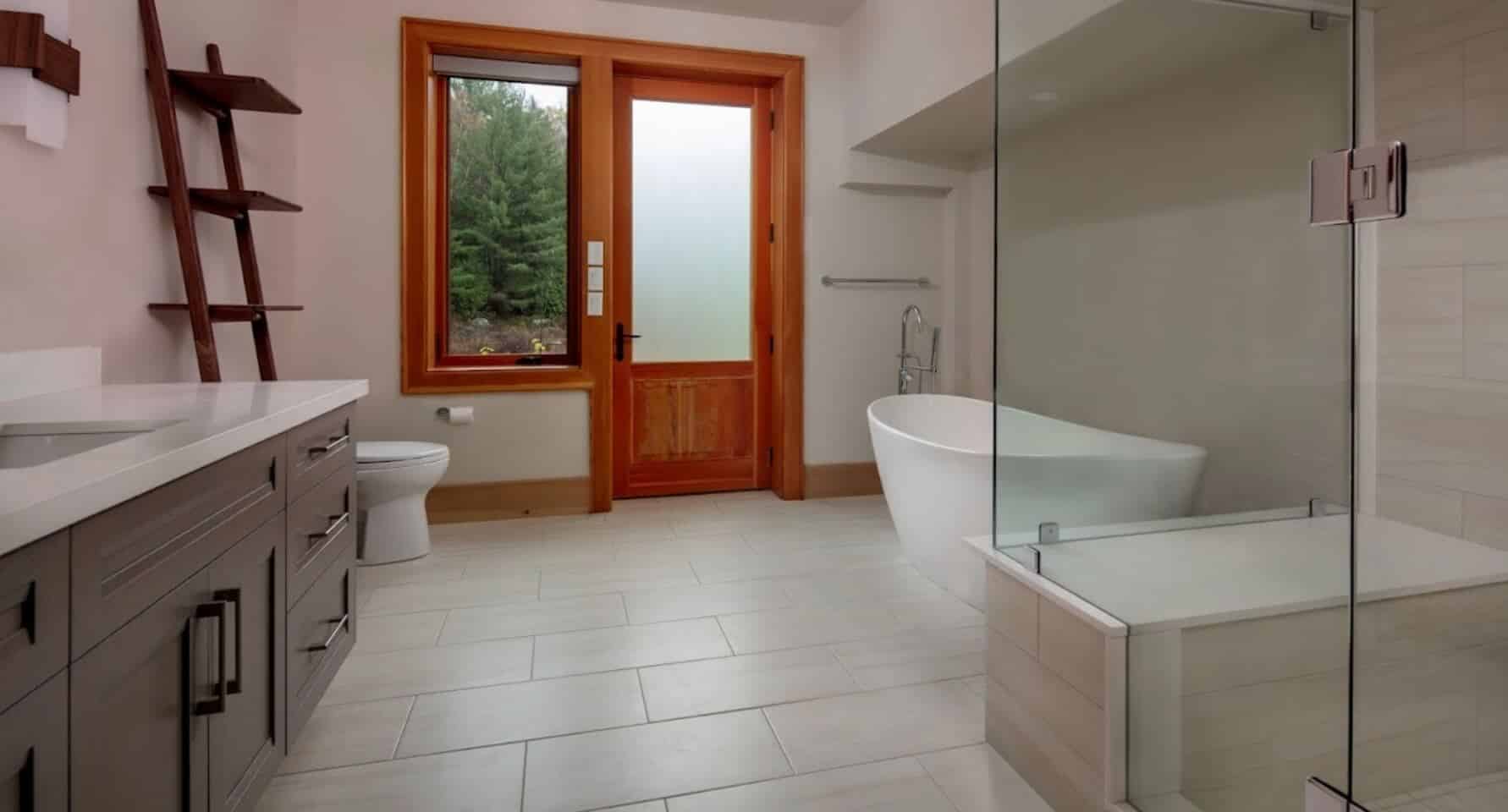
Chapter 5: Budget matters
Do you know how much you would have to budget to turn your “Dream House” Pinterest boards into the real thing? The shelf price for that kitchen faucet, countertop or designer range hood is really just one factor in your new home build budget.
Since creating a realistic budget for any new home build involves little-known factors, it’s important to have a transparent budget discussion with your build partner in the early stages.
Here are a few FAQs that are often points of deliberation during a budget review.
What has the greatest impact on budget?
Often, but not exclusively, the bigger the square footage, the larger the price tag. However, you can pack a lot into a small space which would increase your cost per square foot.
Another budget consideration, is roofline and footprint; The simpler the rooflines and foundation outline, the less costs are associated with the construction of them. Don’t underestimate the impact of location on budget. Whether you’re building in a rural or urban area, in a subdivision or on an island, access to materials and the site, along with environmental considerations will play heavily into your budget considerations.
Where does my budget go?
People are always surprised at how much labour is involved, and the cost of it.
Typically a new home requires just as much labour as it does materials. Ask what is included in your labour estimates—you may find that it includes more (or less) than you thought. Often if materials are particularly rare or high-end, it will take more labour to ensure proper installation. Sometimes, on site supervision costs include planning and managing the job site, which will keep your budget and timeline on track.
Are there rooms that eat up more budget than others?
Bathrooms and kitchens tend to use up a larger percentage of the budget per room and are discretionary by nature.
Although plumbing and electrical is more or less standard (unless steam showers, tiled showers, multiple pot lights, etc. are added), the cabinetry, fixtures and finishes can end up ballooning a modest budget. Keep your selections disciplined to stay within budget. Additional custom spaces like media rooms, screened porches, home automation, large deck areas, and extensive landscaping will affect both labour and material costs of your build.
How can I get the best bang for my new build buck?
Bathrooms and kitchens tend to use up a larger percentage of the budget per room and are discretionary by nature.
You may have to make some compromises, max out your budget on your “must-haves”, or come up with alternatives to make the budget go further. That’s where an experienced design-build professional will be huge benefit—their knowledge of budget-saving design, labour or material alternatives will help you end up with the home you’re envisioning.
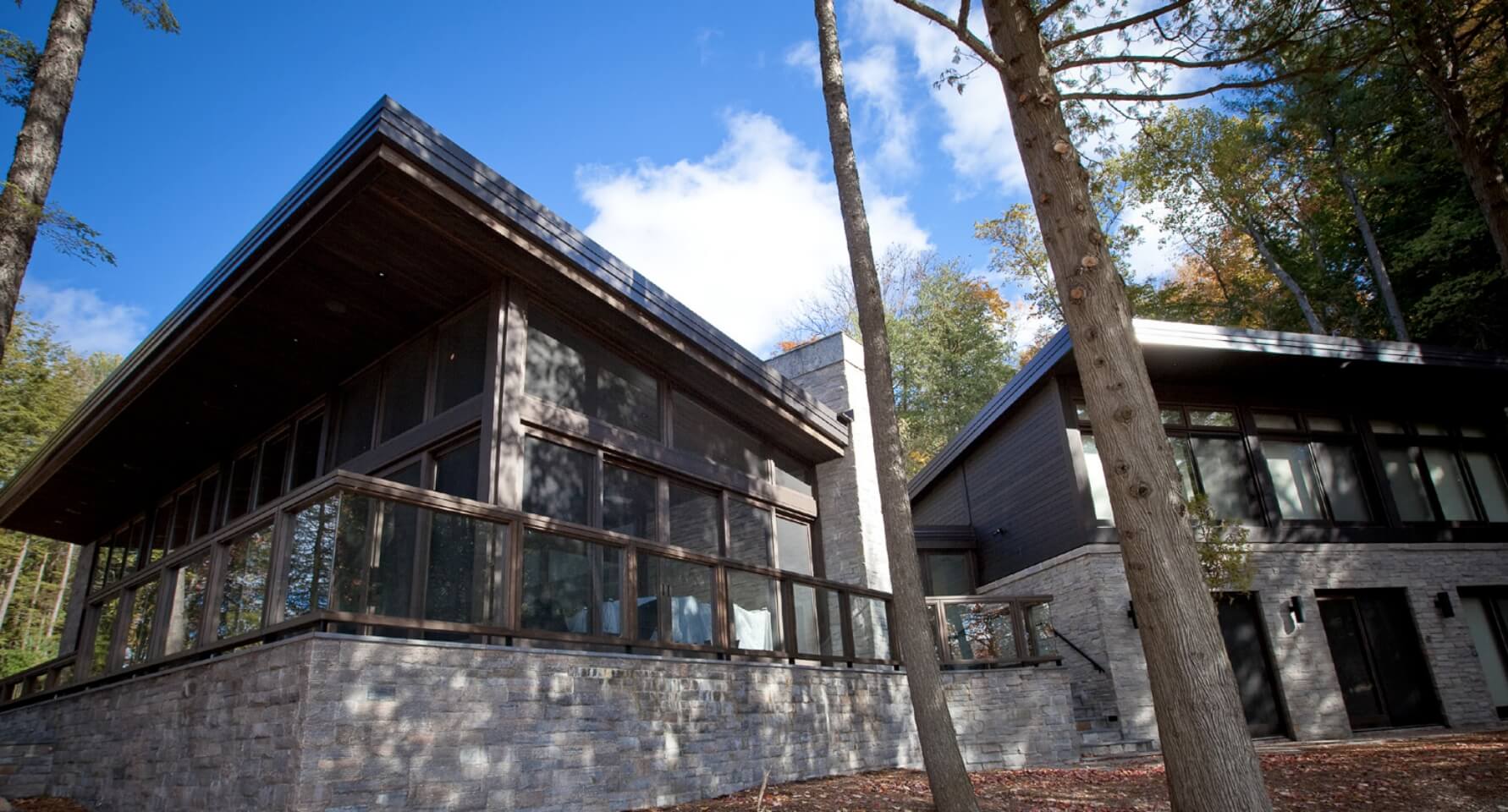
Chapter 6: One-of-a-kind design
Your personal design style is influenced by places you’ve been, the location of the home (beachside, northern, urban, farm country, etc.), your personality, your lifestyle, your hobbies, and more. There’s a psychology to it. Lindsay Graham, a PhD in personality and social psychology, says, “how we design and style our homes correlates to who we are and how we want others to perceive us”.
That’s why, it’s important to communicate your style preferences right from the start with your design-builder, in the early design stages.
Speak candidly and bring materials, like magazine features, colour swatches, photos from trips you’ve taken—anything that will help describe the style that’s authentic to you and your family. When you’re building a new home from scratch, your ability to collaborate and communicate your vision and style preferences will directly affect the success of the project.
How does personal style work it’s way into design?
Layout
The blueprint for floorplans is dictated by a number of factors: size, property, regulations, usage/intent, and personal style. It may be “in vogue” to design large open concept spaces, but if that’s not your style, you won’t be happy with a virtually wall-less floorplan. In the 1950’s-1970’s, ranch-style or bungalow homes were a suburban dime a dozen. Now, it isn’t as common to build on one level. However, this may be exactly the style you want.
It may seem irrelevant, trivial or even common sense—but details matter early on in the home build process. If you walked into a villa in the south of France and it had a winding staircase that you want to replicate, tell your design-builder. These preferences and ideas will influence the entire project, so build a relationship of trust and communication with your design-build partner.
Consider your lifestyle
There are materials that will be better fits for you and your family than others. Some of the factors that need to be considered are, location of the home and its natural environment, every day use of the room or space, demographic of primary homeowners (age can be a determining factor), and your goals for the space itself. For example, bricks are common materials used to face a home in Ontario, but not so in British Columbia because they do not stand up as well to the climate. Tiles are a stunning material to use in a home, but the choice between a smooth and a rough or textured tile may depend on your lifestyle or the demographic of the family members. Similarly, if you own a pet (particularly a dog) hardwood floors can easily get scratched and ruined over time.
Go to multiple sources
You and your design-build partner may be required to go to many different sources to get your hands on rare, custom or unique materials. Typically, industry professionals will have interior designer, architect, preferred vendors, or other industry peers that they can contact to source such materials. You can also go to design shows or trade shows and speak to vendors of specific products.
Understand budget implications
Often you can find most materials in Canada or the US, but there are cases where distributors will need to import outside of North America which will affect timelines (which also means labour costs) and your raw material budget. It’s easy to watch your budget soar out of scope on just one or two “must have” finishes (for example, Swarovski crystal knobs for cabinets than run up to $2,000 per piece). Budget early, and stick to it. Decide between “must haves” and “would be nice to haves” and make compromises wherever comfortable. Often, your design-build partner will be able to give you alternatives that are fantastic opportunities to cut costs and still achieve your aesthetic vision.

Chapter 7: Finding the right materials
Choosing and sourcing the “right” materials for your dream home build, really means “best fit”. It’s important that you work with your design and build partner to select materials that fit your vision, style preferences, lifestyle and, of course, your budget.
Here are a few tips you should consider before selecting materials for your new build.
Narrow your vision
Come prepared to communicate your vision—social media is a great repository for home inspiration. Search boards on Pinterest (use generic search terms like “custom home ideas” or more granular keywords like “French country kitchens”), or photos from Houzz that feature the style/look you’re envisioning, or even the precise materials you’re looking to source. Bringing visual inspiration to the table is a good starting point for discussion and collaboration with your design-build partner.
Design + materials
The “correlation between who we are and how we want others to perceive us”, starts with curb appeal, and gets more intimate once you’ve passed through the front door. Style plays a large part in both the exterior facade and the interior ambience. It’s important to feel that your design-build partner fully understands your style, and is working to bring even the smallest nuances of your personality to life. This is done through the use of colour, materials, building design (exterior and interior), and craftsmanship.
For example, an Art Deco urban build will call for sourcing materials that reflect a specific time period, and metropolitan feel. If this is your style, mixed materials like Metallics and stone will be sourced, your interior space will use pops of muted colours, use geometric clean lines with minimal decoration and get light from large windows. The materials, colour palette and design will be very different if your style is more eclectic, vintage Victorian, natural, or hyper modern.
It’s important to balance style and practicality; idealism and realism. Look for a design-build partner who can help you infuse your style into a home that also achieves your goals for its use. A twenty foot high winding staircase in a home that’s meant as a retirement destination may not be the most practical design element. Communicate the look and feel you’re going for, and keep lines of communication open with your design-builder from day one.
